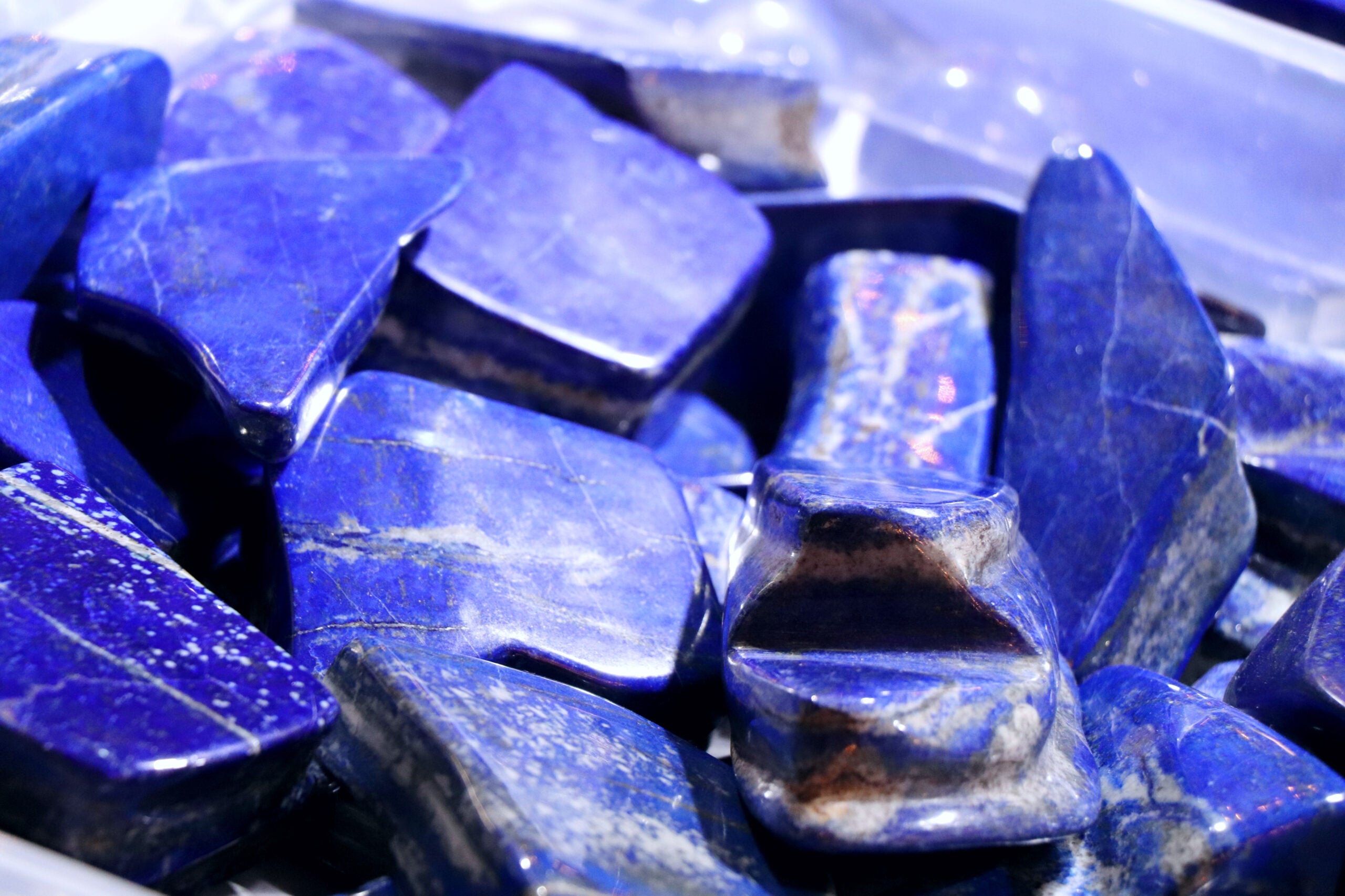In recent years, cobalt has become an integral part of many products due to its importance in the lithium-ion battery. As the metal became more widely used, several investigative news reports depicting the use of child miners in cobalt’s extraction gained the attention of the media, companies and consumers. While the vast majority of cobalt is responsibly sourced, the potential for reputational risk remains for companies with the metal in their supply chain.
The Cobalt Institute represents large-scale miners of cobalt, manufacturers, downstream users, recyclers and traders. Its president, David Weight, has almost 40 years’ experience in the metals industry, and has spent 12 years with the institute. He answered several key questions that impact companies using cobalt in their supply chains and provided insight on the future of the industry.
For full insights from David Weight, and information on how to responsibly source cobalt, download our eBook: Cobalt: Responsible Sourcing in Your Supply Chain.
Will cobalt continue to be scrutinized?
David Weight: Yes, we expect cobalt to continue to be scrutinized. Companies don’t necessarily need new standards or further government regulations; rather, they need to work within the frameworks that already exist and do it more transparently.
The key is that it should be dealt with proportionately. There is a perception that cobalt is mined through illegal means such as child labor, but the vast majority of cobalt in the world is produced as a by-product of large-scale copper and nickel mining. While there is an issue with legal artisanal and small-scale mining in the DRC, this is due to poor regulation by the State.
Is it still important to identify my sources of cobalt even if I don’t use it in batteries?
DW: Yes, I think there will be more recognition in this respect, that wherever you are in the value chain, you need to have some sort of due diligence to ensure you are aware of the provenance of your raw material. More importantly, if you do discover some risk in your supply chain, you must take active measures to mitigate those risks.
It’s not so much a challenge for the large-scale producers, but it’ll be a challenge to get this all the way downstream. For example, a company that has always purchased cobalt oxide from a distributor in the U.S. may not have thoroughly considered whether its cobalt originated in the DRC. The Cobalt Industry Responsible Assessment Framework (CIRAF) allows for a materiality assessment, whether you are a buyer or seller of cobalt, and aligning all parties involved is an important factor in identifying risks in a consistent fashion, and reporting on how those risks are mitigated.
The CIRAF recognizes many existing guidelines. It allows the user to identify risks and report transparently on mitigation, as the reporting of activities enhances the due diligence process and increases transparency.
How does CIRAF help me source cobalt responsibly?
DW: CIRAF is designed for the whole supply chain, so it’s meant to enhance due diligence and improve reporting beyond just SEC filings. It allows for reporting in a more transparent and consistent fashion. With CIRAF, downstream companies can do a materiality assessment and ask the right questions of their suppliers to ensure due diligence is being properly done on their cobalt supply. They are then encouraged to report on their activities on their website, and have it verified by a third party.
Assent’s Cobalt Module aligns with the industry-standard Cobalt Reporting Template, allowing companies enhanced supply chain transparency and risk assessment related to cobalt sourcing. To learn more about how Assent can empower your responsible minerals program, contact us today.










